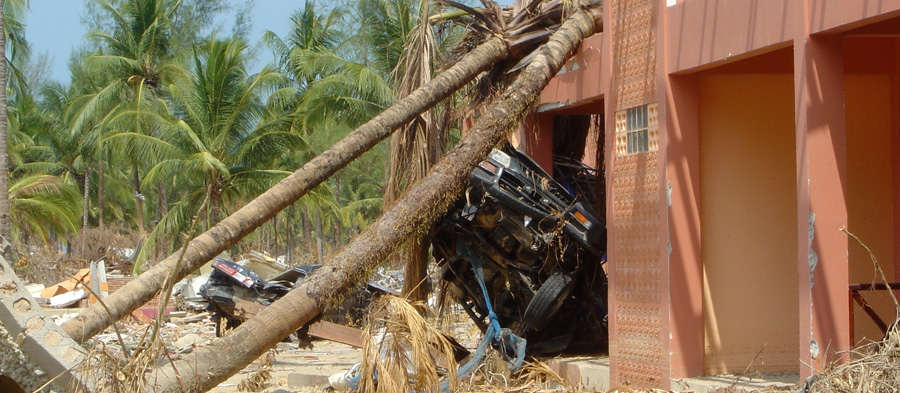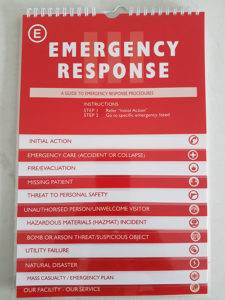Business continuity increases organisational resilience which contributes to higher corporate performance. Resilience is widely defined as the ability of an organisation to absorb, respond to and recover from disruptions. Building resilience is important for individuals, families and our communities. Resilience is something we all need to understand, lead and be.
Business continuity management provides the framework to fully understand how value is created and maintained within an organisation along with establishing the direct relationship to the dependencies and vulnerabilities inherent to the delivery of that value.
Business Impact Analysis (BIA) is a systematic process that determines and evaluates the potential effects of an interruption to critical business functions as a result of a natural disaster/emergency, major IT/power outage, pandemic that compromises staff’s ability to work. The BIA report will document the potential impacts resulting from the disruption to business operations and functions, prioritising the order of events for restoration of the business focusing on the greatest operational and financial impacts to be restored first.
Business Disruptions Examples:
- Physical damage to a building/s
- Restricted access to a site or building -could be due to an adverse weather event (flooding), natural disaster (roading access compromised), within cordoned area
- Utility Outage (electricity, water)
- Loss or damage to information technology (including cyber terrorism)
- Absenteeism of critical/essential employees (pandemic)
- Damage or breakdown of critical machinery, systems
- Interruption to supply chain
Business Continuity Planning Workshops – Interactive workshops tailored to your business or organisation to plan for the ‘unexpected’.
- Identify the specific actions needed to prepare your business to cope during disruptions
- Address ways your business or organisation’s critical functions can recover within critical time frames
- What are your stakeholder expectations and/or service level agreements following disruption?
- What are the reputational implications or financial impact on your business following disruptive events?
We support you in the development of your Business Continuity Plans by working with you to identify the vulnerabilities within your business and to develop your plans to enhance the resiliency through testing and exercising these plans.
Please click the contact tab and fill out your details so we can contact you to discuss planning a workshop for your organisation.
The question often asked is ‘What is the difference between business continuity and emergency management’?
Business continuity and emergency management work effectively together when the organisation is committed to planning and regular reviewing of plans/policies. Emergency management is part of the incident management plan within the business continuity program. Therefore, both components are required to complement and enhance the business continuity framework.



